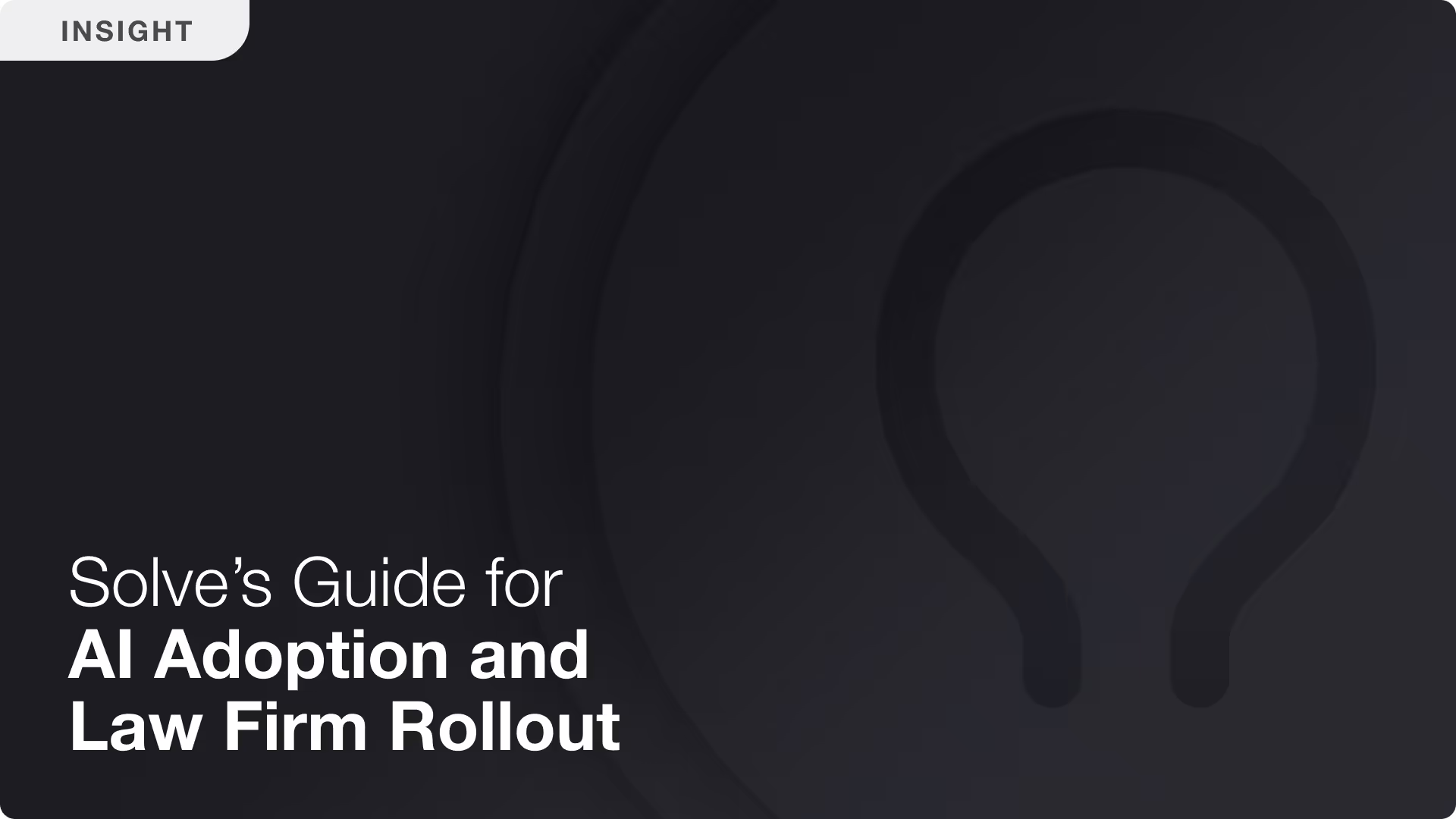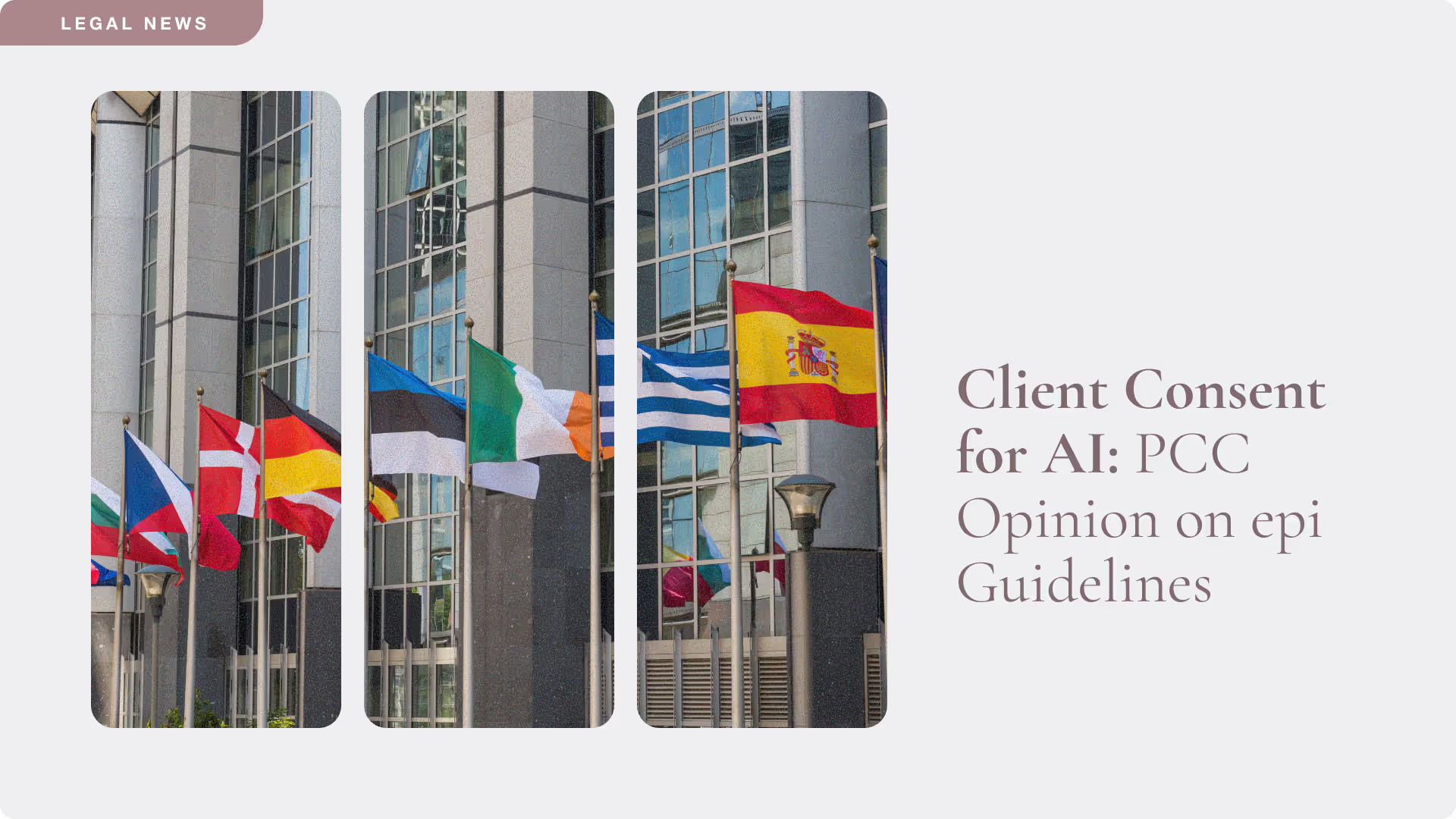How AI Patent Drafting Software Streamlines Intellectual Property Protection
AI patent drafting software is transforming intellectual property protection by significantly accelerating the drafting process, improving consistency, and freeing up attorneys to focus on strategic aspects like claim coverage. These tools can generate high-quality initial drafts in minutes, ensure uniform language across documents, and reduce human error. While AI boosts efficiency, expert review remains essential to ensure technical accuracy and strategic alignment, and strong confidentiality protocols are key when integrating AI into legal workflows.

Patent attorneys have long faced a challenging balancing act: delivering meticulously crafted patent applications while racing against tight deadlines and managing growing workloads. The emergence of AI patent drafting technologies is changing this equation dramatically. These tools aren't just another software solution—they represent a fundamental shift in how intellectual property protection unfolds from concept to filing.
As organizations seek to secure their innovations in increasingly competitive markets, understanding how these tools work and their implications becomes essential for patent professionals, inventors, and businesses alike.
Benefits of Using AI Patent Drafting Software
The adoption of patent drafting software powered by AI brings numerous advantages that traditional methods simply cannot match:
- Significant time savings: AI can generate initial drafts in minutes rather than days, allowing patent attorneys to focus on higher-value strategic work
- Enhanced consistency: AI systems maintain uniformity across document sections and between related patent applications
- Reduced human error: AI tools can flag potential issues, inconsistencies, and missing elements before submission
- Improved claim coverage: AI handles mundane drafting tasks, allowing attorneys to spend more time on strategic work like ensuring appropriate claim scope
- Cost efficiency: By streamlining the drafting process, these tools can substantially reduce the billable hours required for patent preparation
The integration of natural language processing capabilities has made patent writing software increasingly sophisticated. Modern systems can now analyze existing patents, identify potential prior art conflicts, and suggest differentiation strategies—all while adapting to specific technical fields and terminology.
For businesses managing large IP portfolios, these efficiencies translate directly to competitive advantage. The ability to file patent applications more quickly helps secure priority dates earlier, potentially making the difference between owning a valuable patent and missing the opportunity altogether.
How to Use AI Safely in Patent Drafting
While the benefits are compelling, implementing AI in patent drafting requires careful consideration:
Maintain Human Oversight
No matter how advanced the AI patent drafting tool, human expertise remains irreplaceable. Patent attorneys should:
- Thoroughly review all AI-generated content
- Verify technical accuracy of descriptions
- Evaluate strategic positioning of claims
- Ensure the application meets all jurisdictional requirements
Address Confidentiality Concerns
When using cloud-based intellectual property software, data security becomes paramount:
- Verify vendor security protocols: Ensure providers implement robust encryption and access controls
- Understand data retention policies: Know how your confidential invention information is stored and when it's deleted
- Implement robust confidentiality policies: For highly sensitive innovations, establish comprehensive security protocols and confidentiality agreements
Develop Clear AI Usage Policies
Organizations should establish guidelines about:
- What types of patents can utilize AI assistance
- Required review processes for AI-generated content
- Documentation of AI involvement in the drafting process
- Training requirements for staff using these tools
AI Patent Drafting Software Implications for the Global IP Landscape
The proliferation of AI-assisted drafting tools is reshaping global intellectual property practices:
Democratization of Patent Protection
By reducing costs and complexity, patent drafting software is making quality patent protection more accessible to:
- Individual inventors
- Startups with limited legal budgets
- Universities and research institutions
- Businesses in developing economies
This democratization could lead to a more diverse patent landscape, with innovations emerging from previously underrepresented sources.
Evolving Examination Standards
Patent offices worldwide are adapting to the new reality of AI-drafted applications:
- Some jurisdictions are developing specific guidelines for AI-assisted patents
- Examination processes may evolve to account for the increased volume and consistency of applications
- Questions around AI as an inventor continue to shape legal discussions
International Harmonization Opportunities
As AI systems can readily adapt to different jurisdictional requirements, there's potential for greater harmonization of patent drafting practices globally. This could significantly simplify multinational patent strategies and portfolio management for companies operating across borders.
The impact extends beyond just drafting—AI is influencing how patents are searched, analyzed, and litigated. This technological revolution is creating both challenges and opportunities for the entire intellectual property ecosystem.
Simplify Your Patent Drafting Process with Solve Intelligence
Solve Intelligence's Patent Drafting Copilot delivers comprehensive AI capabilities that transform patent creation. The platform excels in drafting accurate descriptions and claims with multi-jurisdictional compliance, generating figures with automatic element labeling, providing document analysis with prior art review, and offering extensive customization through templates and workflow personalization. Patent attorneys using our solution report 40-60% productivity gains, enhanced ability to brainstorm alternative embodiments, improved application quality through better focus on strategic elements, and seamless workflow integration that adapts to individual drafting styles and client preferences.
See why our Patent Drafting Copilot outperforms general-purpose AI in our detailed comparison AI Patent Drafting: Patent Drafting Copilot vs. GPT, highlighting the specialized capabilities that make our purpose-built solution superior for intellectual property protection.
For those looking to explore further, our Best AI Patent Drafting Tools article provides an in-depth comparison of leading solutions on the market. Additionally, our guide on AI Patent Claim Drafting offers specific insights into optimizing the most critical section of your patent applications.
By embracing Solve Intelligence's Patent Drafting Copilot while maintaining the irreplaceable value of human expertise, you can streamline your patent processes, enhance protection quality, and ultimately secure your innovations more effectively in today's competitive landscape.
AI for patents.
Be 50%+ more productive. Join thousands of legal professionals around the World using Solve’s Patent Copilot™ for drafting, prosecution, invention harvesting, and more.



.avif)
